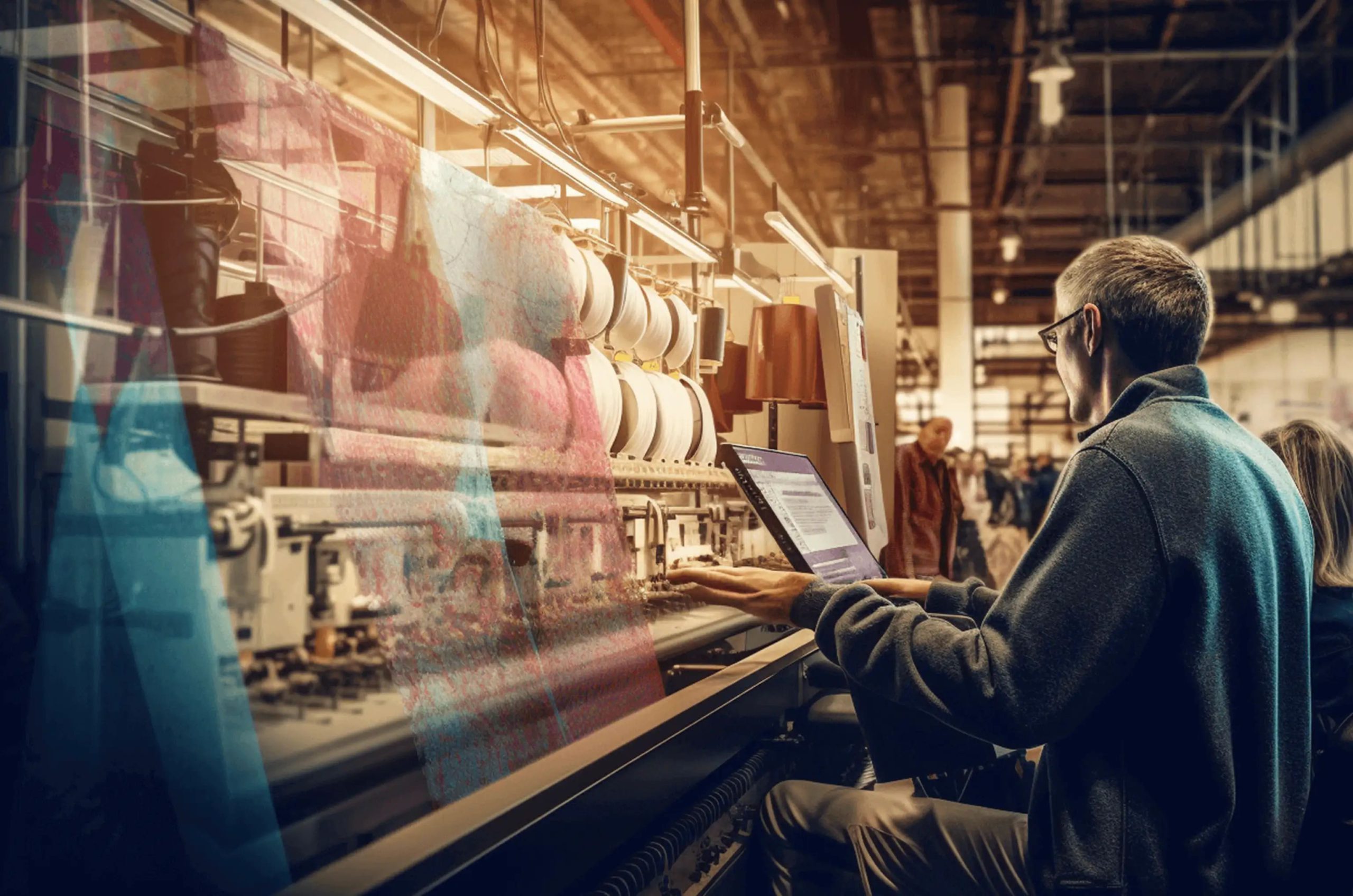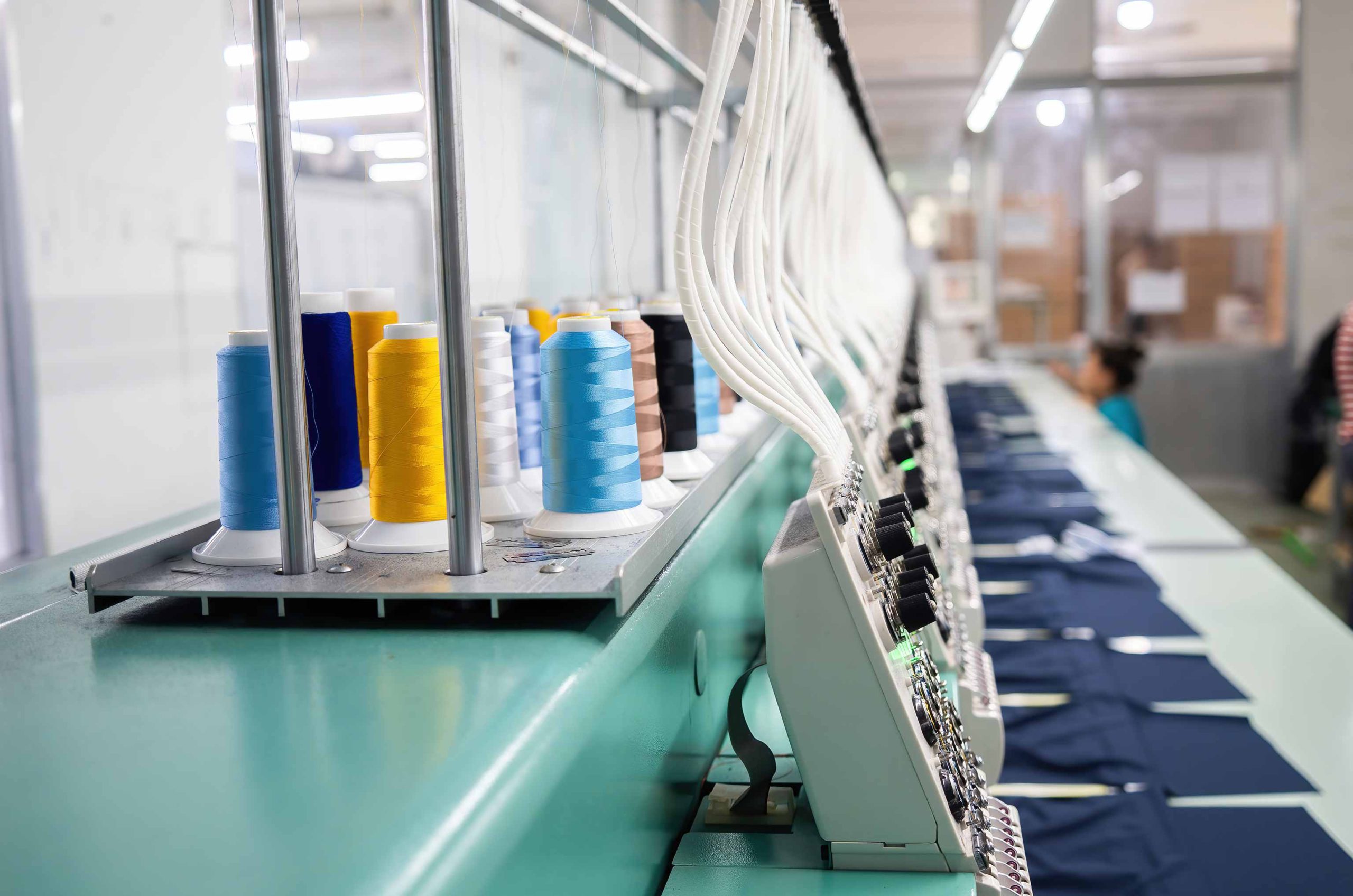How PLM technology is shaping the future of fashion
-
Introduction
Technology has always been at the forefront of the fashion industry. The last few years, which included a pandemic, have shown that digitization is not an option but a mandate for running a successful fashion business in 2022.
Covid has thrust the fashion industry into an era of change and innovation. 2021 saw the emergence of various new technology, trends, and changes that will continue to define fashion’s future in the coming years. All these trends seem to have one fashion technology software complementing them and that’s PLM or Product Lifecycle Management.
As we go forward, it’s important to better understand PLM and why it’s going to play an integral role in the future of the fashion industry.
-
Understanding PLM Software
PLM or a product life cycle management software helps you manage and track the entire journey that a product goes through, from being just an inspiration on a mood board to sitting on the shelves of your favorite department store.
Historically, PLM was developed to make it easier to manage products and reduce error with design version control. It provided a single source of truth for all the parties involved.
A fashion ecosystem is a complex one, consider how many departments and individuals have to collaborate to create a single collection. From designers, merchandisers, buyers, vendors, brand managers, stylists, logistics team, quality controllers to retail managers and marketers, everyone has to work together to produce a collection. And the thread that makes all these players work smoothly without stepping on each other’s metaphorical toes is PLM.
Also Read: What is a Fashion PLM and why Fashion Brands need it?
Now, there are different varieties of fashion PLM software, some may only let you create Tech packs; some might not integrate well with other systems you’re using, but a 360-degree comprehensive fashion PLM software will let you – Plan, Design, Develop and Source your products in one centralized platform.
An end-to-end PLM will let you –
- Centralize all your product information
- Improve product margins and product quality
- Reduce sample iterations
- Boost collaboration
- Ensure a faster time to market
- Source materials ethically through compliance standards
- Reduce your carbon footprint
Also Read: 9 reasons why fashion brands should use PLM software
-
The future is sustainable – and Forbes’ 2022 Fashion Industry Forecast agrees!
- Sustainability is taking priority in the fashion industry
In the coming decade, reversing global warming will be everyone’s top priority. Many activists called the 2021 COP26 summit a major letdown. They feel that the current measures are not enough to save the planet and scientists agree. The current policies are not enough to prevent the crossing of the 1.5-degree Celsius threshold. Public outcry towards companies to stop polluting the environment is gaining momentum.
The fashion industry is aware of its position as one of the most polluting industries. And this time, it’s very serious about doing something to combat this problem. Cutting down their carbon footprint has become a priority for fashion brands. Whether it’s through organic materials, by inventing alternative materials, experimenting with digital fashion or cleaning up their supply chain by partnering with manufacturers who promote sustainability – everyone wants to do their part.
- How PLM can make fashion brands become more sustainable
Sustainable design and development are where PLM plays a key role. Think about it. How many times do you have to rework a sample because of design miscommunication between your designers? How many reworks have you had to order because your manufacturer wasn’t aware of the latest design since it got lost in a sea of spreadsheets and emails? These issues are a waste of material, time and resources. They can all be prevented with a centralized platform where the design team and manufacturers get automatic notifications of all changes in a collection.
A PLM makes it easier to manage every inspiration, mood board and design version. It lets you like, comment and share feedback as a team. Every member has access to the latest version of a design and every change is accountable.
There are many ways that PLM can help you achieve your sustainability goals – it brings transparency to the production process, keeps you from overstocking or understocking your catalog. It helps you take control of your supply chain by ensuring that both you and your vendors always follow the compliance standard set by you and the governments of your target market.
- Virtual Showroom is a gamechanger for brands and manufacturers
The pandemic’s impact on the retail industry has been massive. Brands and retailers lost and are still losing millions as physical stores were either shut or shoppers became averse to even visiting physical stores.
Naturally, fashion manufacturers and suppliers were also crippled by covid. Disruption in global travel made fashion shows, events and trade shows impossible. Buyers’ visits to manufacturers’ showrooms were also cancelled. Collaboration and design iterations between brands, retailers and suppliers became incredibly difficult. Overall, it wasn’t just B2C, even B2B suffered majorly from the crisis.
Showroom discussions about sample iterations, textiles, trims, catalogs, materials had to move online without the proper infrastructure to facilitate these complex conversations. This led to expensive errors, delays and wasted resources.
But the solution came in the form of Virtual showroom, an “online platform that lets brands and manufacturers sell and engage customers online.”
Also Read: The evolution of the showroom – how technology is transforming B2B sales
- Combine PLM with Virtual Showroom to boost and speed up sales
Now imagine if you can design, create, promote, and SELL your collections on one platform. That is the potential of a PLM-integrated Virtual Showroom. By having your virtual showroom integrated with a PLM solution, you can start promoting your collection as soon as they are designed. And you can do it in just a couple of clicks!
Transfer your latest designs from your PLM to your Virtual Showroom without any hassle. Keep your design and sales teams in sync and up to date with the latest information. Get real-time data from your Virtual Showroom about high-click items, products that buyers view and interact the most with, inquire rates, and so on. Sync this data with your PLM to improve and inform line planning for the next season.
Guide designers to create popular, market-friendly designs. Save both money and resources by eliminating underwhelming collections. Prioritize product sampling for high-demand designs, and effectively reduce time-to-market by saving time for both your brand and manufacturers.
- Data is the new king of fashion
For the longest time, running a fashion brand was driven by intuition. A delicate art form of guessing what’s likely to be popular with customers, what trends will be big in the coming season and for how long. Even how much stock should be created for a particular style was based largely on the team’s hunch.
However, that method is flawed and doesn’t work for most brands. Business decisions are now driven by a combination of descriptive and predictive analytics. The future of fashion is data-driven. Data is employed to achieve higher efficiency in everything from design to production to sales. And PLM is one of the most important tools that brings transparency and analytics to fashion brands and manufacturers helping them make data-informed decisions.
With real-time progress tracking, you can monitor exactly how far you are from meeting deadlines. Run different cost scenarios, slice and dice information to arrive at the best pricing decision and improve margins. Reduce sample iteration with hit rates, sample lead time and vendor scorecards. Conduct extensive audits of your factory and vendor digitally. Collect performance insights and bring transparency to your product quality and supply chain.
-
Conclusion
Technology trends move fast and the fashion industry is typically a laggard when it comes to adapting to new technologies. But the industry has definitely reaped the benefits of tech innovation. It did so when mass production was introduced, when the computer revolution began, and not too long ago when it took its first steps in e-commerce.
It’s never been more important to digitize your fashion brand than now. The future of fashion will be driven by data analytics, cloud-based solutions, trend simulations coupled with 3D printing, wearable technology including smart fabrics, biometric sensors, and more! And PLM is the first step in the path to digitization and becoming a future ready brand.
WFX has always known how important PLM is and will continue to be when it comes to the digitalization of fashion businesses. That is why we were one of the first to develop cloud-based PLM software for fashion businesses. Take our free demo to learn how you can digitalize your fashion brand!










